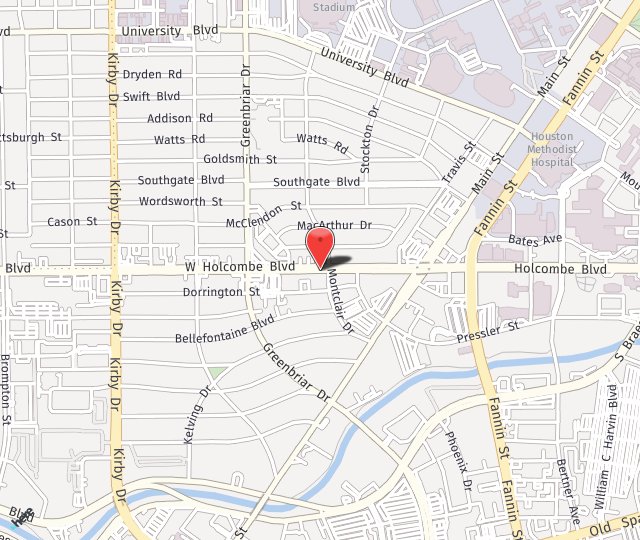Can My TMJ Pain and Bad Bite be Treated Non-surgically?
Most TMJ pain and bad bite issues can treated non-surgically including underbites. In the past, a common way to treat cases was to consider orthodontics followed by orthognathic surgery and further orthodontic care. In many cases, even overbite and underbite cases can treated non-surgically, sometimes with or without orthodontics.
These cases usually fall into two situations and can be categorized as Functional Cosmetic Dentistry®:
- Patient’s with bad bites and tmj pain
- Patient’s with bad bites but no tmj pain
In the cases when TMJ pain is present the first line of treatment is eliminate the tmj pain.
What Causes the TMJ Pain or Dysfunction?
Whenever the teeth do not meet together in the unrestrained position of the facial muscles and jaw joint position, undo strain is placed on the muscles and joints to allow our teeth to come together. It is important to understand that the teeth are dominant as we have to eat, chew, and swallow thousands of times per day and we must get our teeth together to complete these functions. This undo strain that is placed on the muscles and joints forces the muscles to function in a strained manner so that we can function. This is essentially overworking the muscles and nerves of the face and neck all day long. Imagine how your arm would feel if you could not rest your arm during the day.
It is this overstrained position that often leads to tmj pain and degeneration of the jaw joint and damage to the ligaments and blood vessels that support the joint. The commonly used description of this problem is TMJ dysfunction (temporomandibular joint) or TMD.
As our body tries to accommodate to this forced position, the compression of the joint puts pressure on the ligaments of the joint and can also further compress the nerves and blood vessels which can then affect the ears, neck, and eyes and other parts of our bodies.
This improper positioning of the teeth causes most TMJ issues. TMJ can also be caused by trauma and overexertion. Trauma can include minor falls, accidents, and whiplash as well.
A Case of Non-Surgical TMJ and Overbite Correction using Functional Cosmetic Dentistry®
The photos below show the before treatment pictures of a TMJ pain patient and a cosmetic concern for his damaged and worn teeth. He had been advised the only way to treat his problems was with braces and orthognathic surgery to break his jaw. Note the overbite and significant gum recession and broken teeth due to these issues. There are teeth in crossbite and teeth that do not meet together. Addiitonally, he was also snoring.
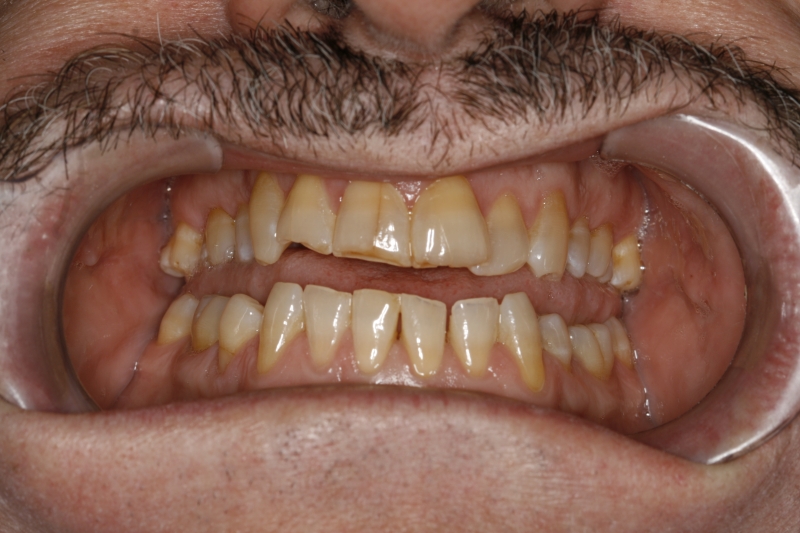
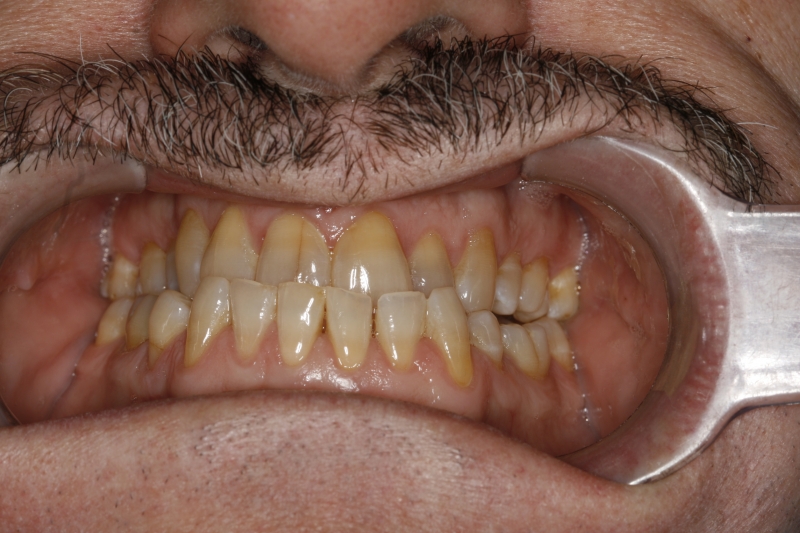
The following photos show the completed non-surgical treatment for this case:
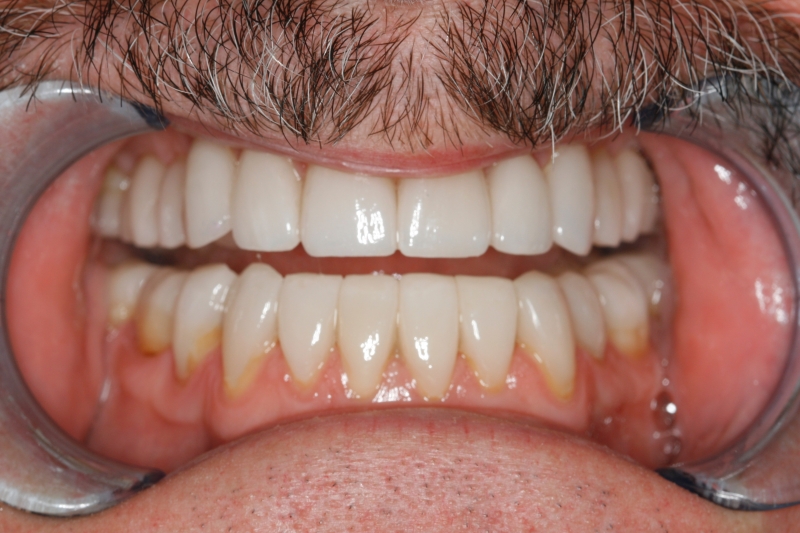
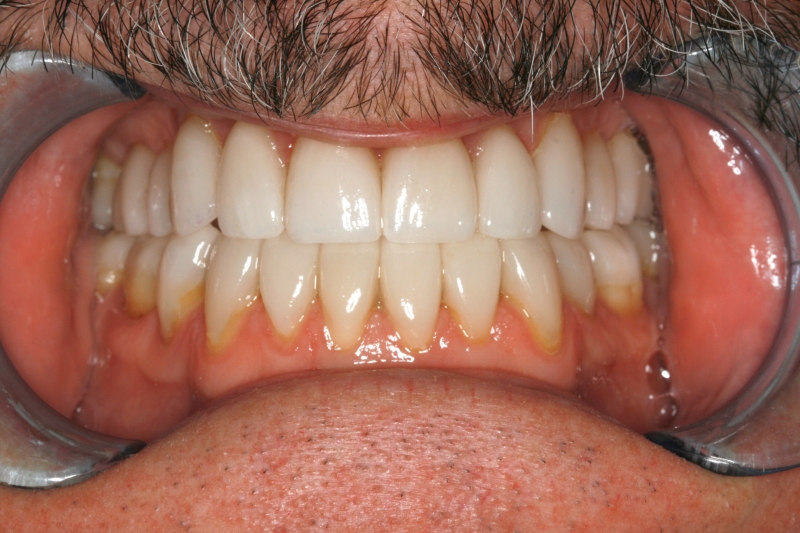
Treatment was accomplished in two phases beginning with a thorough evaluation and diagnosis . This includes evaluation of the temporomandibular joint and muscles of the head and neck. It also includes 3D scans of the head and neck further evaluate any joint damage and issues that need addressing. The first phase was to address the TMJ pain and find the correct physiologic position of the condyles within the joint using biomedical computers and instrumentation to help ascertain this with the use of a fixed functional neuromuscular orthotic ( a special type of fixed orthotic that goes over the natural teeth. This can be added to or adjusted as the muscles and joints heal and go back to their normal position. This should also be verified by patient comfort, data from biomedical computers such as muscle readings, as well as 3D scan. It is important to note that his snoring was also reduced as the corrected bite also opened his airway further.
The second phase is to design the best way to build these teeth to this corrected physiologic position of comfort, health, and long term stability. The most conservative methods should be addressed as well. In this situation, the worn teeth were built back up to this corrected position as opposed to grinding his teeth down for conventional crowns to his pathologic bite. Why would anyone want to restore their teeth to the same position and bite that caused all these problems to occur. Functional Cosmetic Dentistry was used to restore this bite to a better physiologic position which also allowed for a healthy and cosmetically pleasing smile.
Phase II was completed in two visits followed by bite analysis and refinement with the biomedical instrumentation and Tekscan. These were very minor adjustments as the bite was already established and very very carefully preserved during the restorative procedures. There are clinical techniques used to ascertain the bite that was so carefully worked on was kept intact.
Following completion of phase II, the patient remains stable and is pain free with his TMJ , can chew better, snores less, and smiles more. His damaged teeth have been restored and his new bite will allow him to function without further damaging his teeth and gums and the case was completed Non-surgically!
The photos show the difference in function and cosmetics that this non-surgical Functional Cosmetic Dentistry® has made for this gentleman and his life.
The option of orthodontic treatment followed by cosmetic and restorative dentistry was offered. This was a viable option as well. Time and age influenced the patient’s choice. If orthdontic care was elected, treatment is not completed as conventional orthodontics and requires segmental removal of the orthotic so as to maintain the bite. In this case, orthodontic care would have been followed with restorative care so as to restore the damaged dentition.
If you have any questions about Houston TMJ or Houston Functional Cosmetic Dentistry, please feel free to contact our office, Ronald W. Konig DDS, FAGD, LVIF, FIAPA, 713-668-2289.

